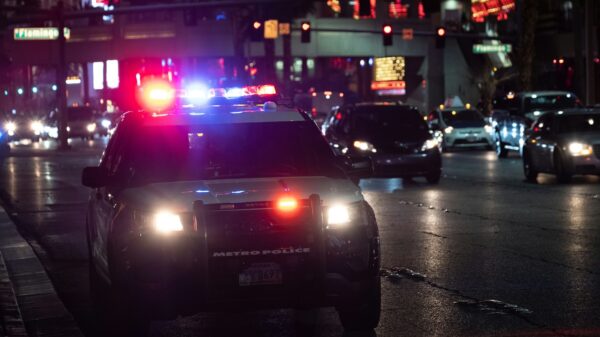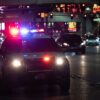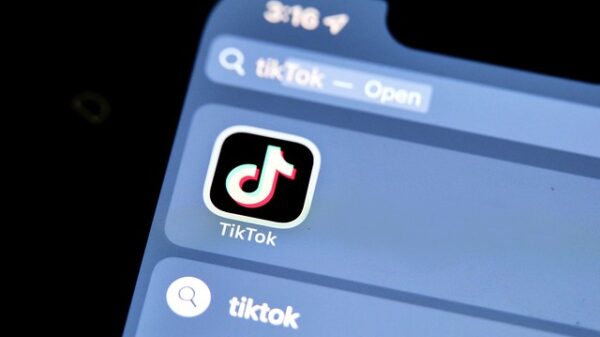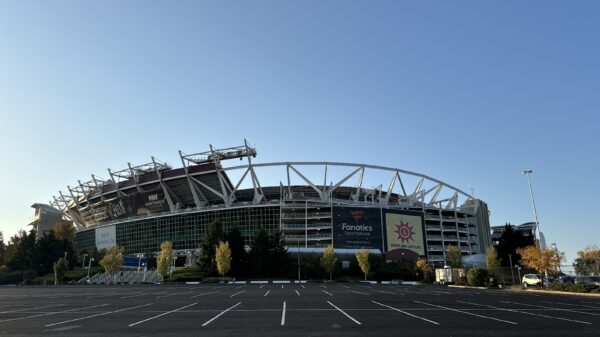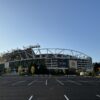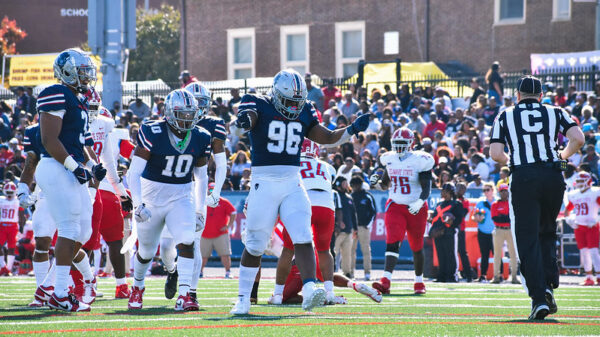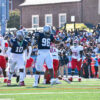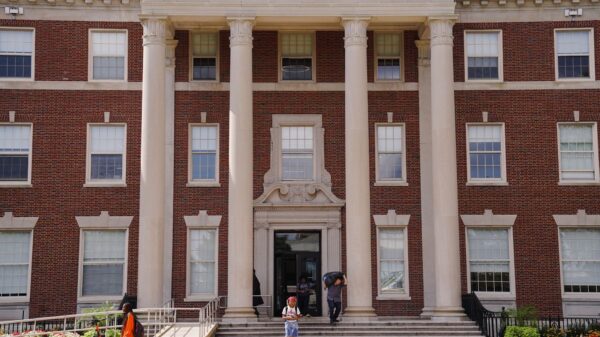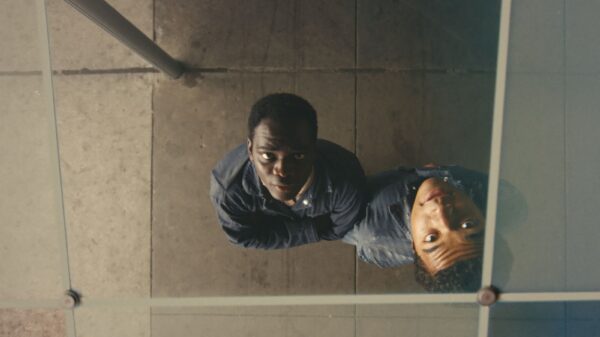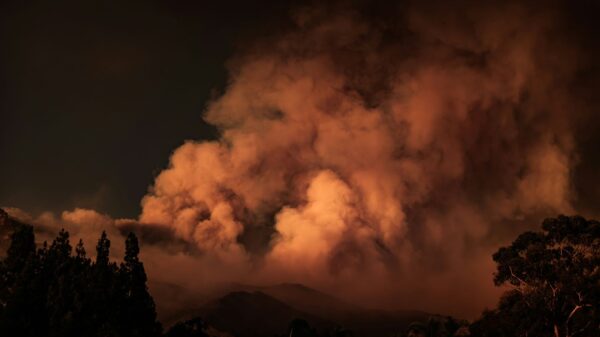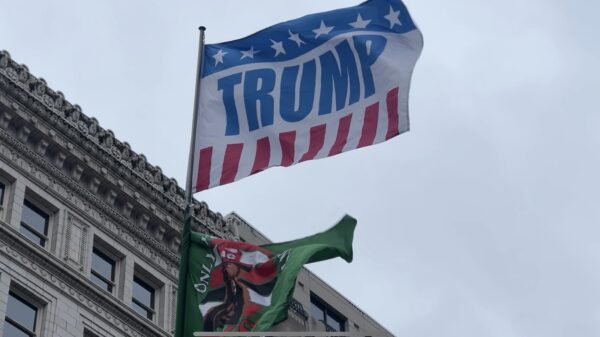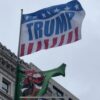CORRECTION: This article previously stated that Vice President of Communications and Chief Communication Officer, Crystal Brown had not yet responded to an interview request. VP Brown said today she did not receive an interview request and provided the following quote:
“Howard University is a community that has a rich tradition of advocacy and an important legacy of leadership in this country. In keeping with this sacred Howard tradition, we also have a strong track record of engagement as a means to further our mission. Both of these approaches are critical to forward progress.”
(4:45 p.m. on 10/05/17)
By A.B. Brown Jr. Contributing Reporter (@JournalistABJ)
Before James Comey could barely say “thank you,” chants of “we shall not be moved” by student protesters impeded the former FBI Director from giving his keynote speech at Howard University’s Convocation on Friday.
Comey, making a rare public appearance since being fired by President Trump in May earlier this year, stood up to deliver his pre-written speech only to be immediately interrupted by the protests of HUResist. The student group wanted to “take back convocation, in response to Comey’s appointment as our keynote speaker,” according to a posting on its Facebook page made toward the end of the demonstration.
Comey told the crowd you must “listen and understand those with whom you’re speaking,” in order to make things better, as the group of student protesters continued to dismiss him and shout over his entire speech.
“At the end of a conversation, we’re both smarter,” said Comey. “I’m here at Howard to try and get smarter; to try to be useful; to try and have healthy conversations.”
Before the protest, an air of expectancy and caution filled Cramton Auditorium, with the full capacity crowd anxiously awaiting for events to unfold.
Howard University President Wayne A.I. Frederick thanked Comey for attending and for serving as the 2017-2018 Gwendolyn S. and Colbert I. King Endowed Chair in Public Policy. In the position, Comey will facilitate discourse on public policy issues in a five-part lecture series aimed at maximizing the ability for students to solve social issues domestically and internationally.
The audience chuckled when the 6-foot-8 Comey nearly had to kneel to accept his honorary degree. The energy abruptly switched as the crowd loudly reacted with a mixture of cheers, groans and awkward laughter as the protest began. Smirks gave way to irritated whispers after almost four minutes of interruption from about 20 protesters as Comey started to speak. He tried to continue his speech after a prolonged pause, but could not be heard over the continued chanting.
In response, the auditorium began yelling “let him speak” to persuade the group to stop. Nothing muffled the student group’s chants of “James Comey, you’re not our homie” or “I said I love being black; I love the skin I’m in.” The protest lasted the entire 16 minutes Comey stood behind the lectern to speak.
Comey addressed the protesters. “What happens in most of the real world [and about four rows in Cramton auditorium] is that people don’t listen at all,” said Comey. “They just try to figure out what rebuttal they’re going to offer when you’re done speaking.”
Rodney Perkins, a faculty member in the College of Nursing and Allied Health Sciences for 10 years, was saddened by the demonstration. He said that the faculty always expects some level of protest, but that everyone has to “listen to each other” and discuss the varying approaches, re-emphasizing a point Comey tried to make during his speech.
Perkins was not the only faculty member dismayed. The Rev. Dr. Bernard L. Richardson, dean of Andrew Rankin Memorial Chapel, who had given the opening benediction, walked boldly to the podium in an attempt to regain control. After saying, “this is not Howard,” he retreated to his seat, shaking his head in disapproval.
Throughout the ordeal, Frederick was seemingly calm. At one point, Frederick even silenced the orchestra and choir in their attempt to drown out the protesters with an impromptu selection of Beethoven’s “Hallelujah Chorus,” which they had already performed toward the beginning of convocation.
Both Frederick and Comey waited patiently in silence. The president never gave an order for police to escort the demonstrators out the auditorium.
Comey concluded his speech to a standing ovation, while the protesters simultaneously exited to the front of Cramton to continue their demonstration. The group eventually marched to the Mordecai Wyatt Johnson Administration Building and later to other parts of campus.
Outside Cramton, Howard students congregated to discuss and debate all that had happened.
Freshman Brianna Williams empathized with the protestors and thought students should be incorporated in all decisions made on campus, including appointing Comey as this year’s Convocation speaker.
Standing across from Williams, Adam Cooper, 25, of Prince George’s County, Maryland, explained that he “trusts the school to do its due diligence” in bringing Comey to the university. He wanted to hear what he had to say.
“Before he even could speak, they cut him off,” said Cooper. “I couldn’t hear anything.” Sitting. behind the demonstration in Cramton, he asked the protestors to sit down and they gave him the middle finger in response.
Mikayli Solomon, an international business student, did not necessarily agree with Comey as the public policy chair, but said the protest “was disrespectful and embarrassing.” All three students agreed that the mission of the protest was unclear and that they did not object to Comey being at the University.
A press release posted on Twitter after Friday’s protest conveyed HUResist’s reasons for exercising its right to peaceful assembly. The organization stated that “Comey [has] boasted many affronts to black communities … during his tenure with the FBI.” The statement goes on to say that “James Comey represents an institution diametrically opposed to the interests of black people domestically and abroad.”
“I am honored to be here with you,” said Comey in his closing remarks. “I look forward to adult conversations about what is right and what is true.” The university has yet to announce the dates for Comey’s lecture series.
Solomon and Williams watched the ceremony via livestream as the broadcast cut to pre-recorded content during the protest. Representatives from both WHUR-FM and WHUT, the radio and TV broadcasters on campus, acknowledged cutting away from live coverage, but declined to comment on who made the call and why.
More than 10 faculty members who attended Convocation also declined to comment on the event. The Office of University Communications omitted the protest altogether from its newsroom statement uploaded Friday.
Crystal Brown, Vice President of Communications and Chief Communication Officer stated, “Howard University is a community that has a rich tradition of advocacy and an important legacy of leadership in this country. In keeping with this sacred Howard tradition, we also have a strong track record of engagement as a means to further our mission. Both of these approaches are critical to forward progress.”
In President Frederick’s closing remarks, he made an obvious challenge to the students not willing to listen to Comey. “We will not fear opposing viewpoints or ideologies,” said Frederick.
Moments later, Williams, Cooper and Solomon all stood together outside Cramton as protesters marched by with bullhorn in tow. Although “we all have different opinions,” Solomon said, “we’re talking about it. That could have been up there,” referring to the stage and back rows of Cramton.


